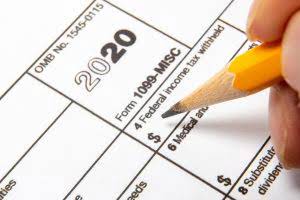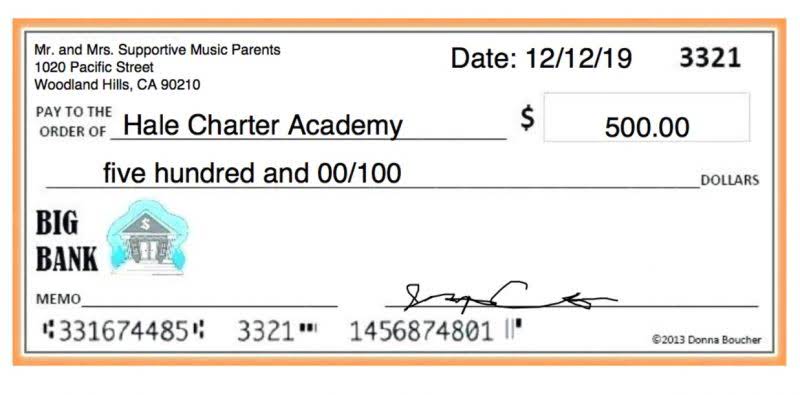
It involves calculating the gross profit ratio by dividing the gross profit by net sales. This ratio is then applied to the net sales during the accounting period to estimate the cost of goods sold. Accounting for Technology Companies Subtracting the estimated cost of goods sold from the cost of goods available for sale gives the estimated ending inventory. When it comes to managing your business’s finances, calculating ending inventory is a critical step. Knowing the value of your sellable inventory at the end of an accounting period is essential for determining costs, profits, and tax liabilities.
Methods of calculating inventory cost
Other retailers prefer to calculate ending inventory using the first in, first out (FIFO) method. It assumes that the oldest items you bought were sold first, and is used by accountants throughout periods of economic uncertainty. LIFO is an inventory valuation method that assumes your most recent inventory purchases are sold first. Calculating ending inventory requires a full physical inventory count. While potentially time-consuming, this process provides important data for effective inventory management. It helps identify overstocked items and areas where you can reduce excess products to save money.
- Additionally, understanding inventory turnover aids in seasonal inventory planning, ensuring businesses capitalize on peak demand periods without overburdening cash flow.
- You also need to understand the regulatory and tax issues related to inventory valuation.
- But if your inventory costs are decreasing over time, using the FIFO method will increase your Cost of Goods Sold, reducing your net income.
- The inventory value depends on the costing, or inventory valuation method.
- Advanced inventory management software automates tracking, streamlines data entry, and minimizes human error.
- Learn more about what FIFO is and how it’s used to decide which inventory valuation methods are the right fit for your business.
- Under the FIFO method, it is assumed that the inventory items that enter the system first are the first ones to be sold.
Estimate Inventory Purchases

Bear in mind that whichever method you choose, you’ll need to stick with it. Financial reports become inaccurate—and the chance for mistakes become higher—if you’re switching between multiple ending inventory methods. Let’s put that into perspective and say your ending inventory for 2022 was valued at $50,000. Going into the next year, that figure would be listed as your starting inventory. Once 2023 ends, you’ll use it to calculate your ending inventory for that financial year. That’s much easier to do if the ending inventory for the year prior was accurate.

How much do you know about inventory costing methods?
- Bear in mind that whichever method you choose, you’ll need to stick with it.
- Learn the most important formulas, functions, and shortcuts to become confident in your financial analysis.
- Keep in mind that ending inventory is carried over to the new accounting period.
- It’s important to remember that applying the LIFO technique during periods of inflation might lead to lower net income values.
Assume that the sporting goods store sells the 250 baseball gloves in goods available for sale. All costs are posted to the cost of goods sold account, and ending inventory has balance sheet a zero balance. It no longer matters when a particular item is posted to the cost of goods sold account since all of the items are sold.


When applied properly, FIFO enhances business insights and aligns with operational realities. Surplus stock in the accounting records results in a higher closing stock and lower COGS. Current assets, total assets, and retained earnings all tend to be exaggerated when ending inventory is how to calculate fifo ending inventory understated. Accurate inventory counting aids in budgeting for open-to-buy purchases as well. If you have $6,000 worth of unsold goods, then investing $10,000 in stock replenishment makes little sense.
Accounting for Inventory
- This information can be obtained from sales records, invoices, and other relevant documentation.
- First-in, first-out (FIFO) is one of the methods we can use to place a value on the ending inventory and the cost of inventory sold.
- We translate complex financial concepts into clear, actionable strategies through a rigorous editorial process.
- Using several ending inventory computations simultaneously could result in inaccurate financial reports.
- Also, all the current asset-related ratios will be affected because of the change in inventory value.
Knowing your ending inventory gives you greater control over stock-related and financial decisions. “From opening a second retail location to manufacturing your own product line, lenders need an accurate portrayal of your business,” explains Jara. Compare your ending inventory value against your net income to see whether you’re overpaying for goods or underpricing stock.
The Business Impact When You Properly Calculate Ending Inventory
The sequence of the number of units being sold or used ensures freshness and reduces wastage. Also, in terms of beverages, especially wines or spirits that can age, FIFO ensures that older stocks, which might have a different value, are adequately accounted for. Another great feature that comes with using FIFO is the high valuation of the inventory, especially during inflationary times.
- We’ll calculate the cost of goods sold balance and ending inventory, starting with the FIFO method.
- However, International Financial Reporting Standards (IFRS) permits firms to use FIFO, but not LIFO.
- It refers to the practice of tracking inventory flows and assigning costs on the assumption that the oldest goods in a company’s inventory are sold first.
- This formula calculates the total cost based on the batch arrangement.
- For those reasons, we won’t go into great depth about the retail method.
- When calculating inventory and Cost of Goods Sold using LIFO, you use the price of the newest goods in your calculations.
Con: Higher taxes
By reading through this article, determine how much saleable stock you have left to sell after a specific accounting period. Efficient returns management requires robust systems to track and process returns, ensuring accurate inventory valuation and minimizing operational errors. Businesses often use inventory management software to automate adjustments, reducing errors and saving time.
